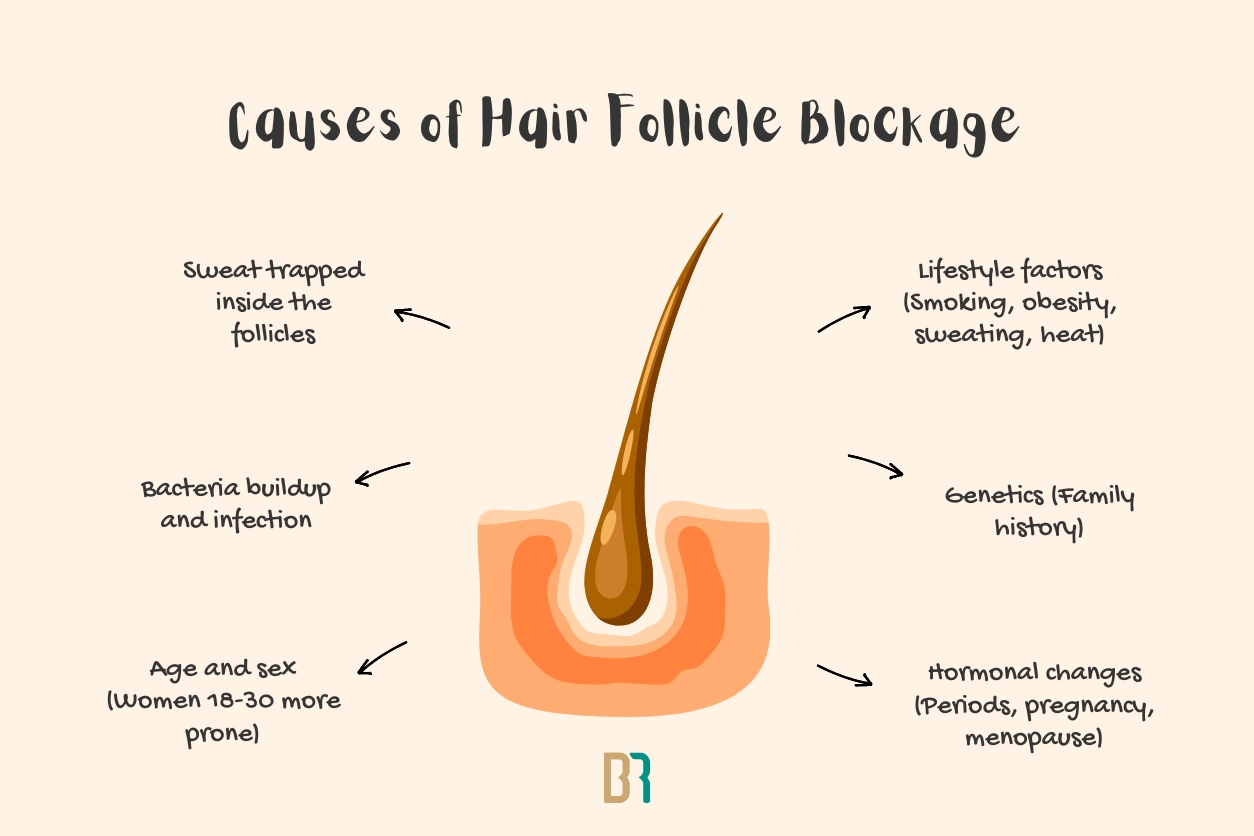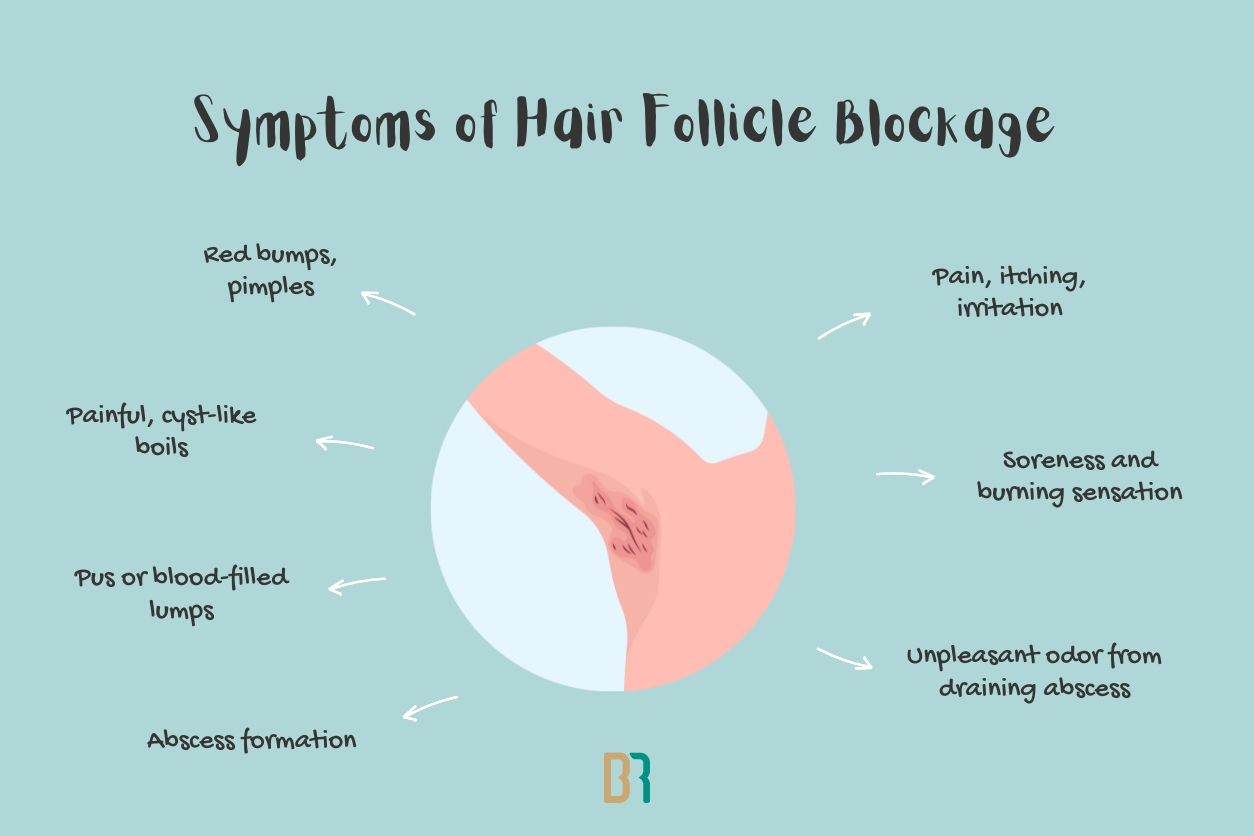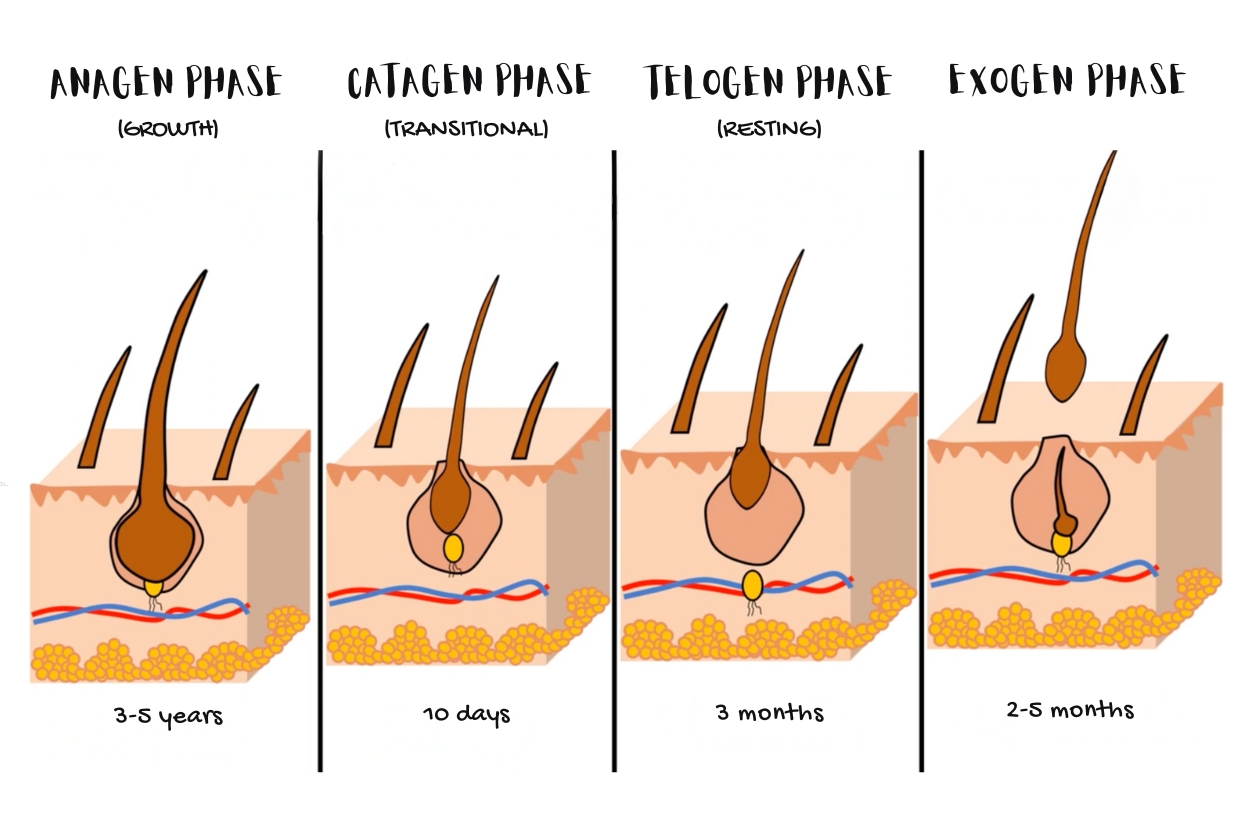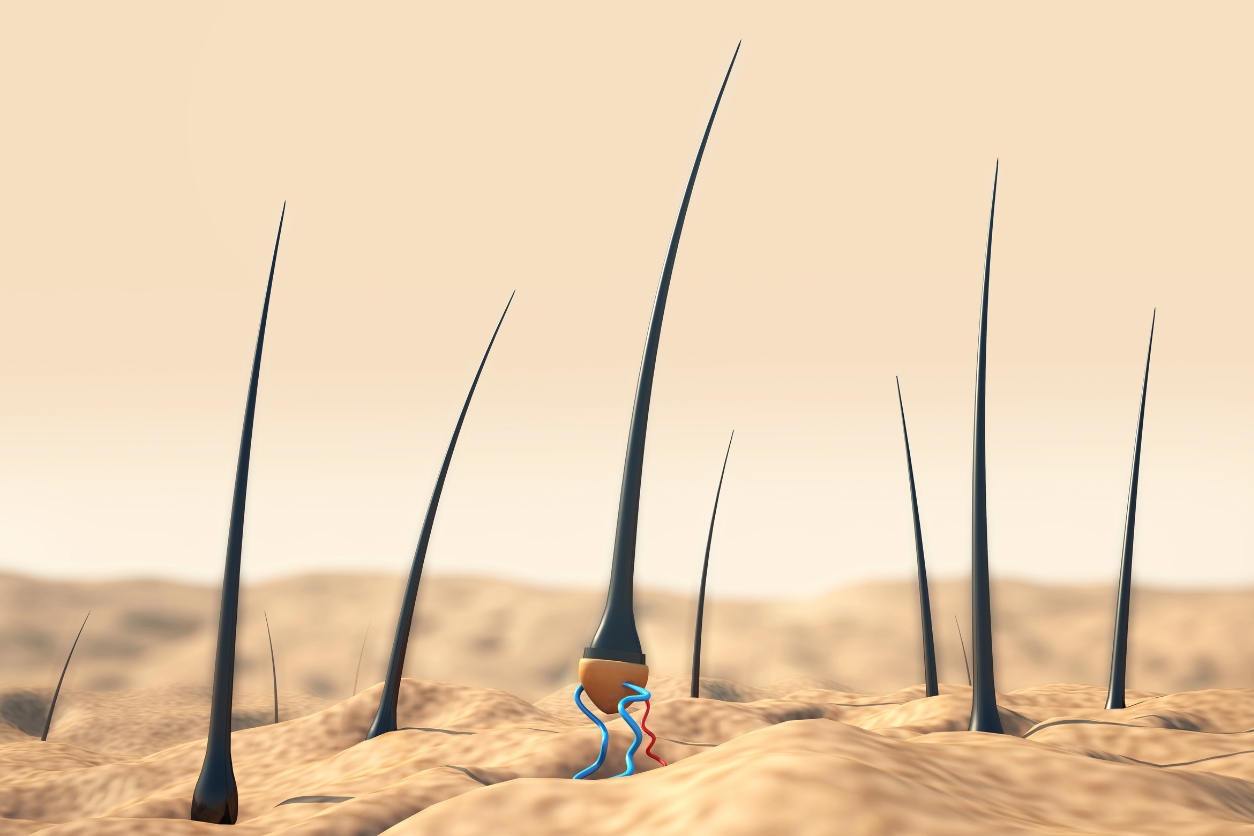Hair growth can be a bit of a mystery for many people, especially when you’re not seeing the kind of results you expect. Whether it’s thinning hair, clogged follicles, or just slower growth than you’d like, figuring out what’s going on with your scalp can feel frustrating. You’re probably here because you’ve noticed your hair isn’t growing like it used to, or maybe you’ve been dealing with some hair loss and aren’t sure where to start. Understanding what can block those hair follicles and how to unclog them might be the key to getting things back on track.
It’s not just about slapping on a fancy shampoo or hoping that a hair mask will work wonders overnight. Hair growth is tied to a number of factors, from the stages it goes through to the various things that can slow it down or even stop it entirely. The health of your follicles, the cycles your hair naturally goes through, and external conditions like stress or nutrition all play a role. We’ll walk through everything from the four stages of hair growth to what can clog your follicles and, more importantly, how you can fix it.
What Is a Hair Follicle and Why It Matters for Hair Growth
The hair follicle is essentially a tiny organ beneath your scalp, responsible for producing and nourishing hair strands. It’s embedded deep within the dermis (a layer of skin beneath the outer layer), and it connects to blood vessels via a structure called the dermal papilla. This papilla plays a critical role in determining the growth, size, and color of each hair strand, sending signals that regulate these aspects.
The hair itself has two main parts: the hair shaft (the visible part) and the root (which is housed within the follicle). Surrounding the root is the follicle’s epithelial root sheath, which protects and nourishes the growing hair. The follicle is wrapped in another layer called the connective tissue sheath, which is rich with blood vessels, supplying the follicle with the nutrients it needs to produce hair. Without these supplies, the hair growth process stalls, which can eventually lead to hair thinning or loss.
What Blocks Hair Follicles?

Your hair follicle is like a pore in your skin, and just like pores, they can get clogged. Sebum, which is your scalp’s natural oil, plays a big role here. While sebum is essential for keeping your scalp hydrated, too much of it can build up along with dead skin cells, dirt, and even residue from hair products like dry shampoos, gels, or sprays. This creates the perfect environment for follicle blockage, leading to issues like hair thinning and even breakage.
On top of that, inflammation or scalp conditions like dandruff can exacerbate this problem, contributing to clogged follicles and stunting hair growth. In more severe cases, scalp conditions such as folliculitis (inflammation of the hair follicles) or seborrheic dermatitis can occur, leading to hair loss or slow regrowth if left untreated.
Symptoms of Blocked Hair Follicles

How to Unclog Hair Follicles
So, how do you deal with clogged follicles? The good news is that there are ways to give your scalp the care it needs to keep those follicles free and clear. Here are a few methods:
- Using a gentle scalp scrub or an exfoliating shampoo can help break down the buildup of oil and dead skin cells, which can clog the follicles. Make sure to use products that are not too harsh, as over-exfoliating can lead to irritation.
- Useclarifying shampoos designed to remove product buildup that regular shampoo might miss. They can strip away the excess residue from hairsprays, gels, and oils, making room for healthy hair growth.
- By gently massaging your scalp, you increase blood flow to the hair follicles, ensuring they get the oxygen and nutrients they need to support healthy growth. This also helps to loosen any blockages within the follicles.
- While it’s important to keep your scalp clean, don’t overdo it. Washing your hair too frequently can strip your scalp of its natural oils, leading to overproduction of sebum. Find a balance that works for your hair type.
The Four Stages of Hair Growth
Hair doesn’t grow continuously; it follows a cycle that includes periods of growth, rest, and shedding. Understanding this cycle can help you figure out why your hair might not be growing as quickly as you’d like, or why it seems to be falling out more than usual.

Anagen: The Growth Phase
The first and most critical stage is the anagen phase, where hair is actively growing. During this phase, cells in the hair follicle are multiplying rapidly to produce the fiber that forms the hair shaft. The length of the anagen phase varies greatly from person to person but typically lasts between two and eight years for hair on the scalp.
About 90% of the hair on your head is in the anagen phase at any given moment, and this is when your follicles are working their hardest to produce new hair. If you’re dealing with thinning hair, it might be because your anagen phase is shorter than average, which could result from factors like aging, stress, or genetics.
Catagen: The Transition Phase
After the anagen phase, hair enters the catagen phase, which is a short, transitional stage that only lasts about two weeks. During this phase, the hair stops growing, and the follicle shrinks as it begins to separate from the dermal papilla. This stage is necessary for the hair to prepare for the next phase in the cycle, but it’s not an active period of growth.
Telogen: The Resting Phase
Next comes the telogen phase, also known as the resting stage. This phase typically lasts around two to three months. During telogen, hair doesn’t grow or shed, and the follicle remains inactive. Roughly 10-15% of your hair is in this stage at any given time. Telogen is also the phase during which you might notice more hair falling out if you’re going through a stressful period, as stress can push more hair follicles into the telogen stage prematurely.
Exogen: The Shedding Phase
The final phase of the hair cycle is the exogen stage, which is when the hair is shed from the follicle. During this stage, you’ll naturally lose about 50-100 hairs per day, which is completely normal. The good news is that once the hair is shed, the follicle will enter the anagen phase again, and new hair will start to grow.
What Prevents Hair Growth?
Several factors can prevent hair from growing properly. Some of these are controllable, like diet and stress management, while others, such as genetics or underlying medical conditions, may require more intervention.
Hormonal imbalances: Hormones play a major role in hair growth. Androgenic hormones, in particular, can affect the length of the anagen phase. Dihydrotestosterone (DHT), a derivative of testosterone, can shrink hair follicles, leading to hair loss in both men and women.
Nutritional deficiencies: A lack of key nutrients like iron, vitamin D, and protein can stunt hair growth. Hair is a non-essential tissue, so when your body is low on nutrients, it prioritizes other critical functions over hair growth.
Stress: Elevated levels of stress can push hair follicles into the telogen phase prematurely, causing more hair to shed and less to grow.
Medical treatments and conditions: Chemotherapy, for example, targets rapidly dividing cells like those in hair follicles, leading to hair loss. Conditions such as thyroid disorders or autoimmune diseases like lupus can also disrupt the hair growth cycle.
What Causes Hair Fall?
Hair fall, or shedding, is a natural part of the exogen phase, but excessive hair fall can be a sign that something isn’t quite right. Apart from the usual culprits like genetics and stress, here are a few more causes of hair fall:
- Conditions like ringworm can weaken the hair shaft, leading to hair fall.
- Overstyling, frequent use of hot tools, and tight hairstyles can all cause hair breakage and fall.
- Certain drugs, including blood thinners, birth control pills, and acne medications, can trigger hair loss as a side effect.
Maintaining a Healthy Hair Growth Cycle
Now that you know what can clog your follicles and what might be preventing your hair from growing, the next step is keeping your scalp and hair in good shape. Start by paying attention to your scalp health, not just your hair strands. Use products that are designed to keep your scalp clean and balanced, and avoid anything that could cause irritation or buildup.
Incorporating a scalp massage into your routine can stimulate blood flow to the follicles and promote growth. Be mindful of your diet as well—nutrients like biotin, zinc, and omega-3 fatty acids are known to support healthy hair growth. If you suspect that an underlying health condition is affecting your hair, it’s a good idea to check in with a healthcare professional who can help you figure out what’s going on.
Finally, while hair growth can be slow, taking care of your follicles and maintaining a healthy scalp will go a long way in making sure that your hair grows in thick, strong, and healthy.
